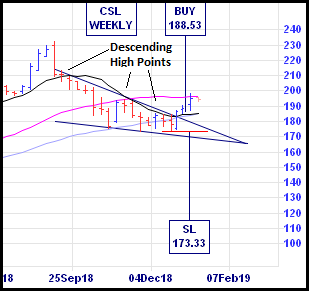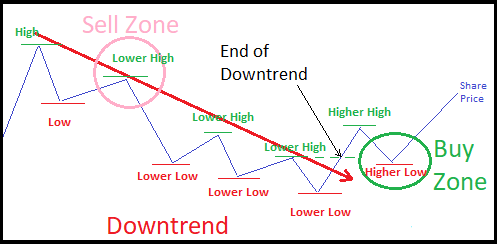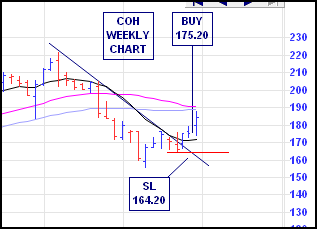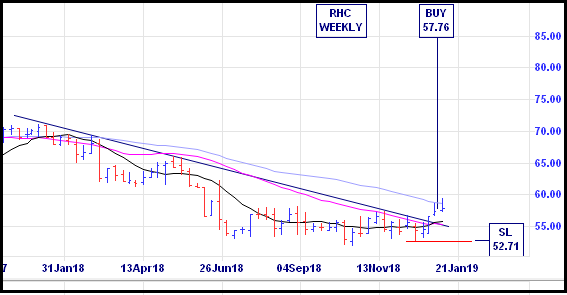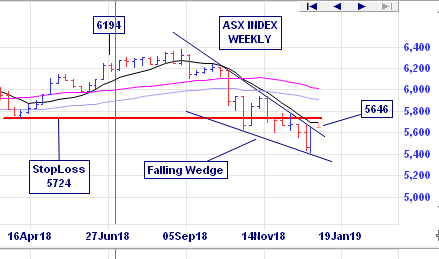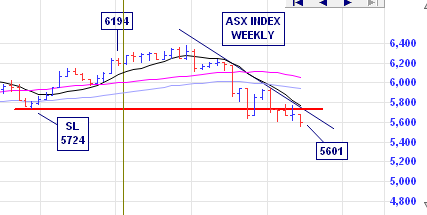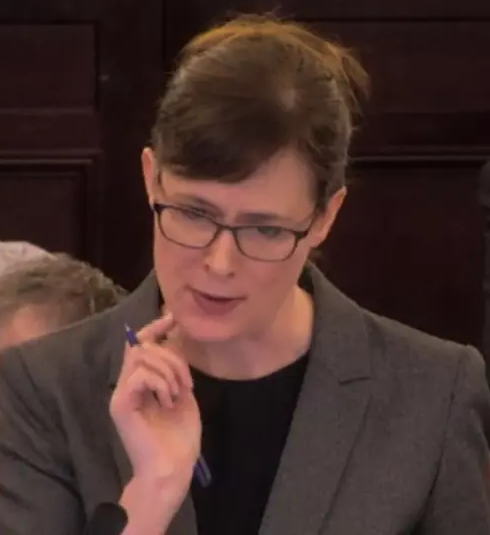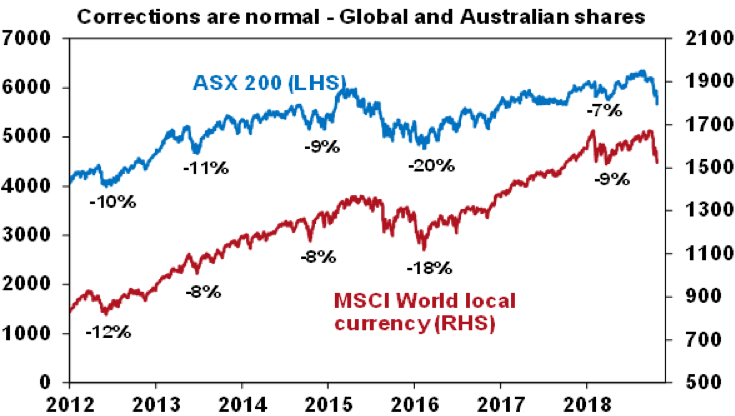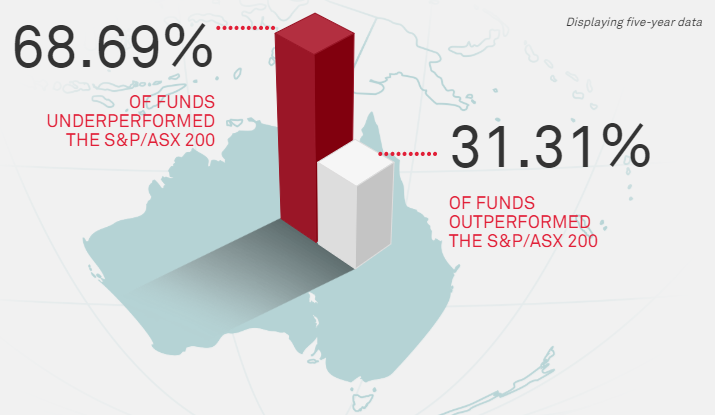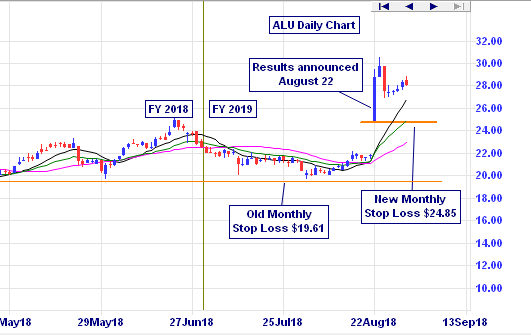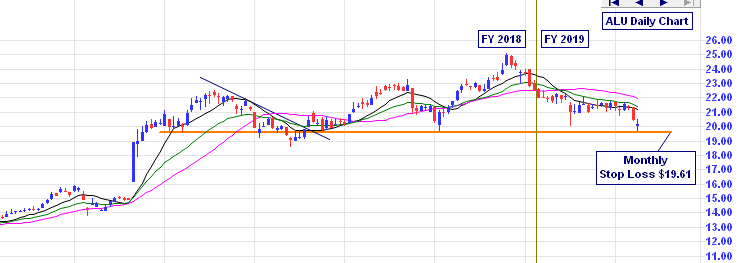 What another wild month for shareholders! … Rises in all Slack Investor followed markets (ASX200 +3.9%; FTSE100 +3.6%). The volatility is best illustrated by the US Index S&P500, down 9.2% last month, and this month, up 7.9%!
What another wild month for shareholders! … Rises in all Slack Investor followed markets (ASX200 +3.9%; FTSE100 +3.6%). The volatility is best illustrated by the US Index S&P500, down 9.2% last month, and this month, up 7.9%!
Slack Investor has sold his US and UK Index Funds and remains out until a positive trend on the monthly charts can become established. He remains tentatively IN for Australian index shares – ASX 200.
Actively trading the index funds on a monthly basis has been profitable for Slack Investor since 2004 but this recent high volatility is causing a rethink on my index trading strategy as my trading advantage statistics are starting to shrink. So far, my advantage over the ‘Buy and Hold” Index investor for the ASX200, FTSE100 and S&P500 is 43%, 23% and 8% – but this does not account for any missed dividends while I have been on the sideline. Since 2004 this represents outperfermance of 2.9%, 1.5% and 0.5% per year, respectively. For now, I am sticking with the strategy – but imagine how slack I could be if I just bought and held these index funds.
Farewell John C. (Jack) Bogle … and great thanks

An established Slack Investor hero, Jack Bogle died this month aged 89. The founder of Vanguard, he was a great friend to all investors. Warren Buffet was asked to comment on his passing
“Jack did more for American investors as a whole than any individual I’ve known”
A fitting tribute to his achievements can be found on the Vanguard site.
The finance industry has for a long time gouged the ordinary folk with fees and layers of complication. Before Jack Bogle, mutual funds were setup to manage other peoples money for a profit. In 1975, it was common to charge the punter 1-2% for the privilege of managing their money – This is $100-$200 for each $10000 invested for yearly management! There was also a range of other investment fees which could amount to 4% of your initial sum. Investments would be have to be arranged through “brokers” who would also take a slice. The “Vanguard Experiment” set up an independent mutual fund that operated “at cost”. He introduced the first low-cost index fund that followed the top 500 US stocks. Vanguard now has 20 million investors and manage over $5 trillion in assets.
“If a statue is ever erected to honor the person who has done the most for American investors, the hands down choice should be Jack Bogle. For decades, Jack has urged investors to invest in ultra-low-cost index funds … In his early years, Jack was frequently mocked by the investment-management industry. Today, however, he has the satisfaction of knowing that he helped millions of investors realize far better returns on their savings than they otherwise would have earned. He is a hero to them and to me.”
Warren Buffet – from his February 2017 Letter to Shareholders
Vanguard have managed funds (where you apply to Vanguard directly) and exchange traded funds (ETF’s) where you buy the funds as a share on the stock exchange through your low-cost broker. Both are good ways to expose yourself to the stock market. For my investing style, where brokerage costs are not a big consideration – I prefer the simplicity of ETF’s.
A Vanguard Australian listed ETF that provides exposure to all of the world’s companies (Ex-Australia) is VGS. Slack Investor bought VGS last month on the technical signal “break of a long-term downtrend” and it has a reasonable yearly management fee of 0.18% – That is $18 for every $10000 invested … not Bad! But because Vanguard have set the cost benchmark, many other funds and ETF issuers are trying harder to keep costs down. The Australian listed SPY (State Street) which I use to track the US index has a management cost of $9.45 per $10000. A shout out to the Australian owned BetaShares which provide an ASX200 ETF A200 for a remarkably low $7 per $10000.
Jack Bogle repeatedly pointed out that it was extremely difficult for an active fund manager to outperform index funds over the long term.
Over a 15-year period prior to June 30, 2018, only one in 13 large-cap managers, only one in 21 mid-cap managers, and one in 43 small-cap managers were able to outperform their benchmark index .
SPIVA US Report Mid-Year 2018
My new year’s resolution is to start rotating out of the few high cost active funds that I own (e.g. Platinum Capital (PMC) and the Montgomery fund – where the management fees are over 1%) – to focus more on the passive index funds – where costs are low. I will try to do the active trading myself in individual shares while I comfortably outperform index funds on a 5-yr basis. Slack Investor will eventually phase out his active trading for a more passive portfolio .
All Index pages and charts have been updated to reflect the monthly changes – (ASX Index, UK Index, US Index).


